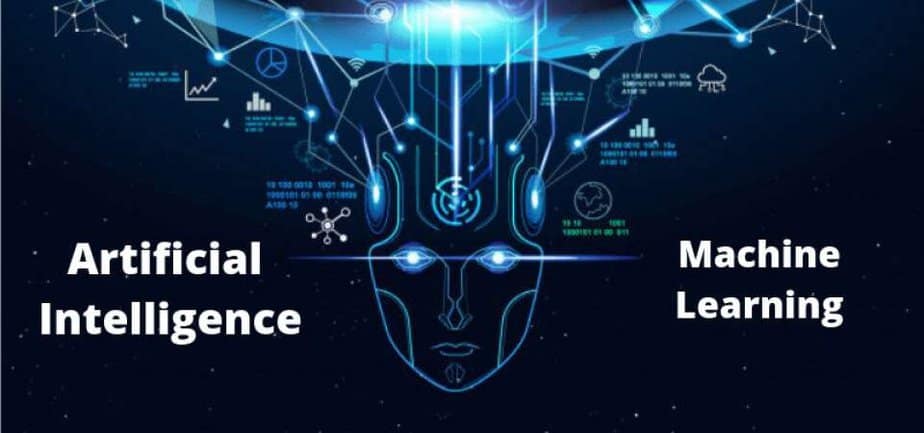Machine learning and artificial intelligence (AI) have been transforming the field of data analysis in recent years (Jordan & Mitchell, 2015). These technologies are increasingly being used to analyze large datasets and extract insights that would be difficult or impossible for humans to identify. In this blog post, we will explore the role of machine learning and AI in the future of data analysis.
Machine learning is a type of artificial intelligence that enables systems to learn from data and improve their performance over time (Goodfellow, Bengio, & Courville, 2016). This is done through the use of algorithms that can analyze large datasets and identify patterns and trends. Machine learning has a wide range of applications, from fraud detection to natural language processing.
AI, on the other hand, refers to systems that are capable of performing tasks that typically require human intelligence, such as visual perception, speech recognition, and decision-making (Jordan & Mitchell, 2015). AI systems can learn from data and improve their performance over time, much like machine learning systems.
One of the key benefits of machine learning and AI is that they can analyze vast amounts of data much faster and more accurately than humans can (Hastie, Tibshirani, & Friedman, 2009). This means that they can identify patterns and trends that would be difficult or impossible for humans to identify. This can be particularly useful in fields such as finance, healthcare, and marketing, where large amounts of data are generated every day.
Machine learning and AI can also be used to automate many aspects of data analysis, reducing the time and resources required to analyze large datasets. This can help organizations make faster and more informed decisions based on their data.
Another benefit of machine learning and AI is that they can be used to create predictive models that can forecast future trends and outcomes (Hastie et al., 2009). These models can be used to inform decision-making and help organizations plan for the future.
However, it is important to remember that machine learning and AI are not a magic solution to all data analysis problems. These technologies require significant expertise and resources to implement and maintain, and there are many challenges associated with using them effectively. For example, biases in data can lead to biased results, and the accuracy of machine learning models can be affected by changes in the data over time.
In conclusion, machine learning and AI are rapidly transforming the field of data analysis, and have the potential to revolutionize the way organizations use data to inform decision-making (Domingos, 2015). While there are many challenges associated with using these technologies effectively, the benefits they offer are significant, and organizations that are able to leverage them effectively will be well-positioned for success in the future.
References:
- Domingos, P. (2015). The Master Algorithm: How the Quest for the Ultimate Learning Machine Will Remake Our World. Basic Books.
- Goodfellow, I., Bengio, Y., & Courville, A. (2016). Deep Learning. MIT Press.
- Hastie, T., Tibshirani, R., & Friedman, J. (2009). The Elements of Statistical Learning: Data Mining, Inference, and Prediction. Springer.
- Jordan, M. I., & Mitchell, T. M. (2015). Machine learning: Trends, perspectives, and prospects. Science, 349(6245), 255-260. doi: 10.1126/science.aaa8415





